The pursuit of understanding which factor influences how people define their personal body image is as intricate as the human psyche itself. Alarmingly, approximately 91% of women are unhappy with their bodies and resort to dieting to achieve their ideal body shape. This revelation unveils a deep-seated issue, prompting us to explore the nuances of body image, its influencers, and what can be done to nurture resilience in a world that constantly pressures us to conform.
Understanding Body Image: A Complex Interplay
At its core, body image is a subjective picture or mental idea of one's own physical appearance. This concept isn't isolated; it's a complex interplay of personal experiences, societal pressures, and emotional well-being. Several factors can contribute to one's body image, including but not limited to social media, cultural standards, and personal mental health.
Consider the digital world where we now live, where images are filtered and edited, creating unrealistic standards for physical appearance. Add to this the pressure from cultural norms and a society that often discriminates based on body size, further complicating one's relationship with their physical self.
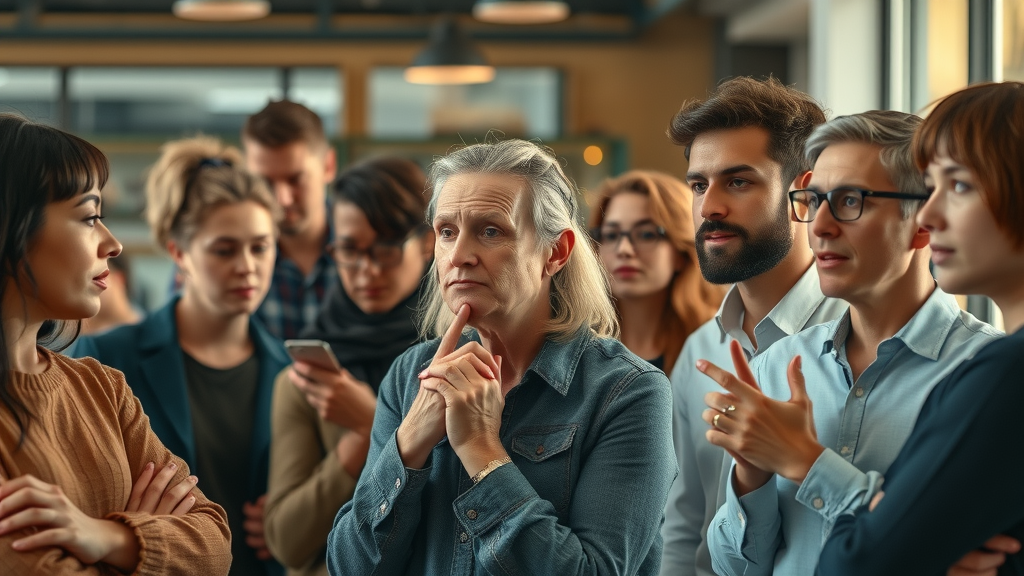
The Role of Social Media in Shaping Body Image Perception
Social media platforms have emerged as potent forces in shaping perceptions of body image. Users are exposed to curated images that often propagate unrealistic standards of beauty. This can lead to negative body image as individuals may begin to compare themselves unfavorably against these idealized portrayals.
The constant influx of polished images contributes to a phenomenon known as body dissatisfaction. People may begin to internalize these standards and feel inadequate, regardless of their actual body size or shape. To mitigate such effects, it is essential to foster critical thinking and media literacy, distinguishing between reality and deception on these platforms.
Body Dissatisfaction: The Impact of Culture and Society
Culture and society play a pivotal role in shaping how individuals perceive their bodies. Societal norms and cultural expectations can act as undercurrents that steer our beliefs about the ideal body type. Traditions and cultural values often emphasize certain physical traits, which can alienate those who do not fit the mold.
Additionally, societal focus on body weight and shape often breeds body dissatisfaction. Efforts to combat these include embracing diversity in body representations and challenging ingrained stereotypes through public discourse and education.

Factors Affecting Personal Body Image
Psychological Elements: Mental Health and Body Image
Mental health is intricately tied to how we perceive our bodies. Issues such as anxiety and depression can exacerbate negative thoughts regarding one's physical appearance. In contrast, fostering a healthy mindset can lead to a more positive body image.
Understanding the connection between our psychological state and body image is crucial. Encouraging practices that promote mental well-being, such as mindfulness and therapy, can help in overcoming body image concerns and developing a healthy body perspective.

Social Influences: Family, Peers, and Environment
The environment we grow up in, including the family and peers we interact with, profoundly influences our understanding of body image. From early childhood, comments and attitudes about body shape, body size, and appearance can leave lasting impressions.
Positive reinforcement from family and engaging with peers who appreciate diversity in body types can foster a healthier body image. Social environments that celebrate all forms of beauty contribute to diminishing the negative body image often perpetuated by societal pressures.
Cultural and Societal Norms: The Weight of Tradition
Cultural norms often carry the weight of tradition, dictating what is considered attractive or acceptable. These norms can vary widely, yet they wield significant power over individuals' self-perceptions.
Challenging these norms requires a concerted effort to embrace change and prioritize inclusivity. By redefining beauty standards and highlighting diverse representations, society can begin to alleviate the pressure put on individuals regarding looks and weight.
Eating Disorders and Body Image
Eating disorders such as anorexia, bulimia, and other forms of disordered eating are critical areas where body image and self-perception intersect in unhealthy ways. These disorders can arise from negative body images exacerbated by external pressures and internal struggles.
Addressing these issues involves comprehensive national eating disorder programs, including support groups and professional treatment. Awareness and education about eating disorders play pivotal roles in prevention and recovery, promoting a healthier body image and outlook.
Resilience Building: Developing a Positive Body Image
Embracing a Healthy Body Image
Building a positive body image involves self-acceptance and appreciation for one's physical uniqueness. Embracing one's body as it is and practicing self-love are vital steps in this journey.
Engagement in community activities and connecting with peers who share a similar journey can reinforce positive thoughts and feelings. A healthy body image is attainable with conscious efforts and societal support.
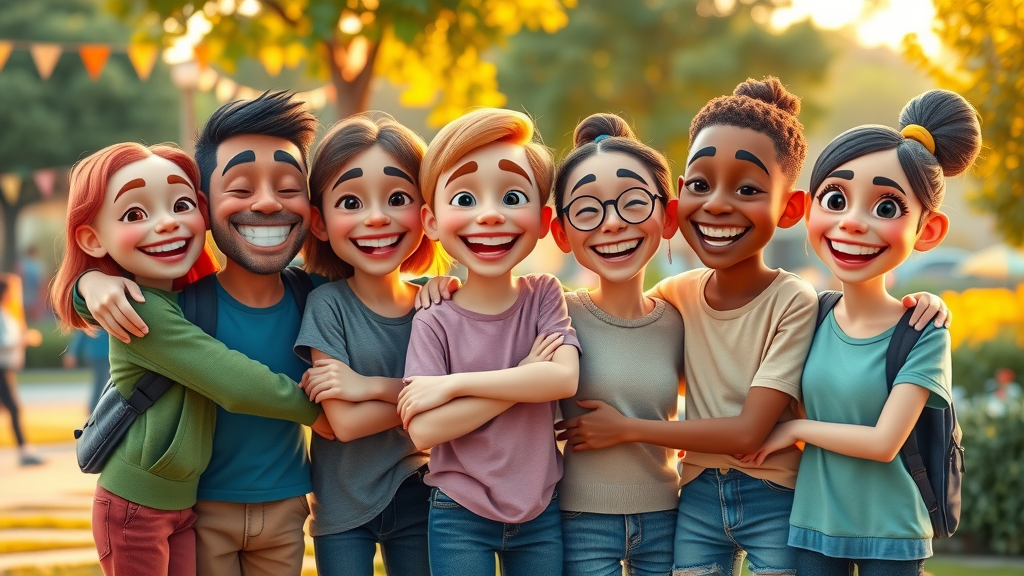
Strategies for Overcoming Negative Body Image
Overcoming negative body image requires strategies that address the root causes of dissatisfaction. Techniques include cognitive restructuring to challenge harmful thoughts, body positivity campaigns, and therapy focusing on body image issues.
By engaging in these strategies, individuals can begin to view their bodies more compassionately and appreciate their capabilities beyond mere appearance. Empowerment stems from acknowledging one's intrinsic value and breaking free from societal constraints.

Promoting Positive Body Image: Practical Tips
"Beauty begins the moment you decide to be yourself." – Coco Chanel
Promoting a positive body image involves practical steps, including surrounding oneself with positive influences and engaging in activities that foster self-esteem. Reducing weight stigma and celebrating different shapes and forms contribute to a more inclusive outlook.
- Affirmations and self-compassion
- Educating oneself about media literacy
- Seeking professional support when needed
| Factors Influencing Body Image | Impact |
|---|---|
| Social Media | High: Can lead to unrealistic body standards |
| Cultural Norms | Moderate: Influences based on traditional ideals |
| Family Influence | Variable: Depends on family attitudes |
| Mental Health | Significant: Direct impact on self-perception |
Key Takeaways
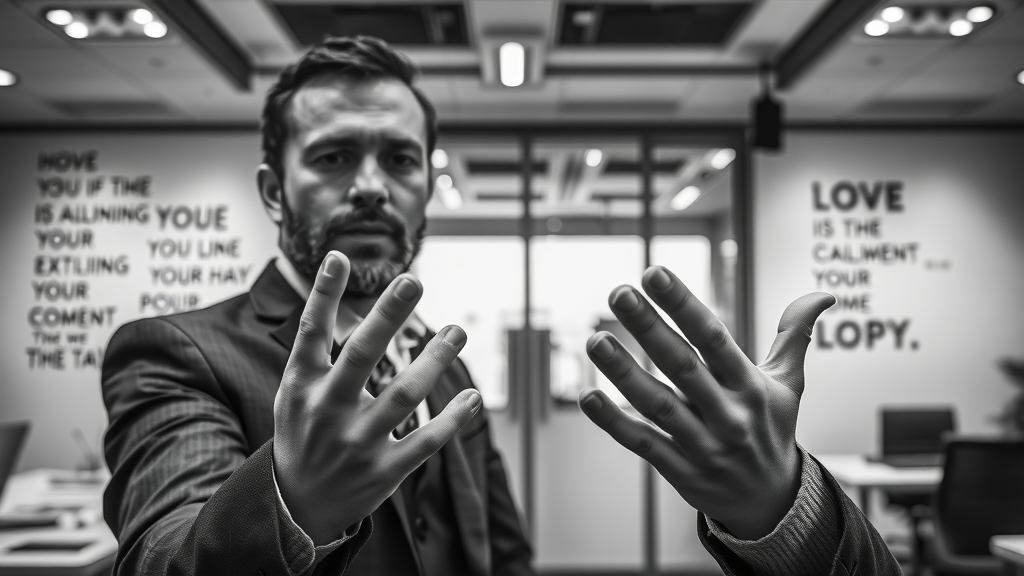
FAQs: Common Questions about Body Image
What are the factors that influence body image?
Body image is influenced by various factors, including media representation, cultural standards, personal experiences, and mental health. These elements shape perceptions and attitudes towards one's physical self, leading to either a positive body image or negative outcomes.
Which factor influences how people define their personal body image brainly?
Personal body image is often defined by cultural and societal influences, alongside individual psychological factors. Social media, peer pressure, and family expectations also contribute significantly to how individuals perceive themselves.
What can body image be influenced by?
Body image can be influenced by a range of sources, from personal interactions and media portrayals to broader cultural attitudes. Understanding these influences allows individuals to develop resilience and foster a more positive self-image.
What is the biggest influence on body image?
The media exerts one of the biggest influences on body image by presenting idealized visuals that set unrealistic standards. Personal experiences and psychological factors also play crucial roles in shaping this perception.
Final Thoughts: Redefining Body Image with Awareness and Understanding
Redefining body image starts with awareness and the courage to challenge societal norms. Empower yourself with knowledge and community support to cultivate a resilient and healthy body image.
- Additional Resources: Resource 1, Resource 2, Resource 3
- Assess personal beliefs about body image.
- Identify negative influences and reduce exposure.
- Engage in self-compassionate practices regularly.
- Seek professional help if dealing with severe body image issues.
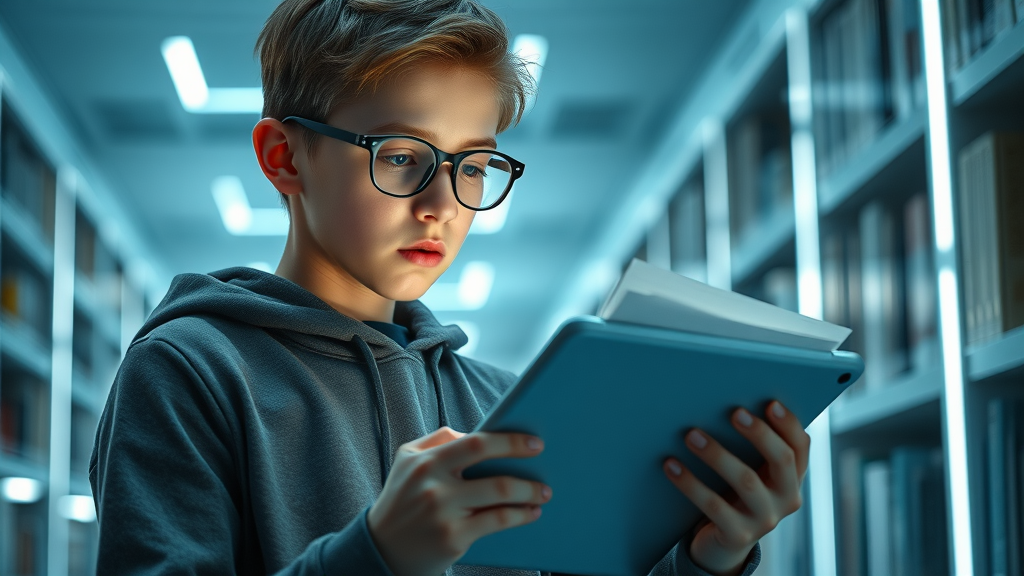
 Add Row
Add Row  Add Element
Add Element 
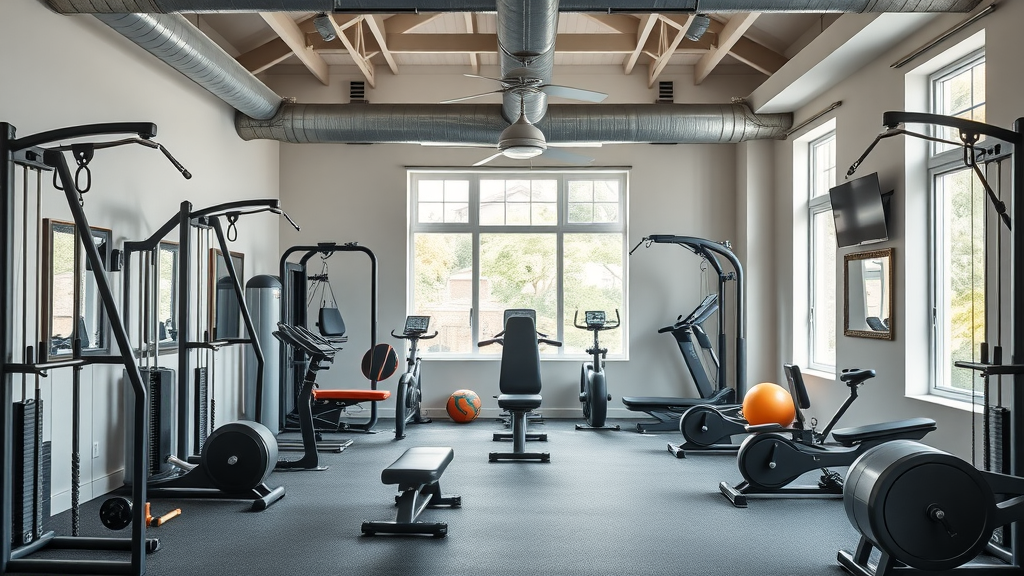


Write A Comment